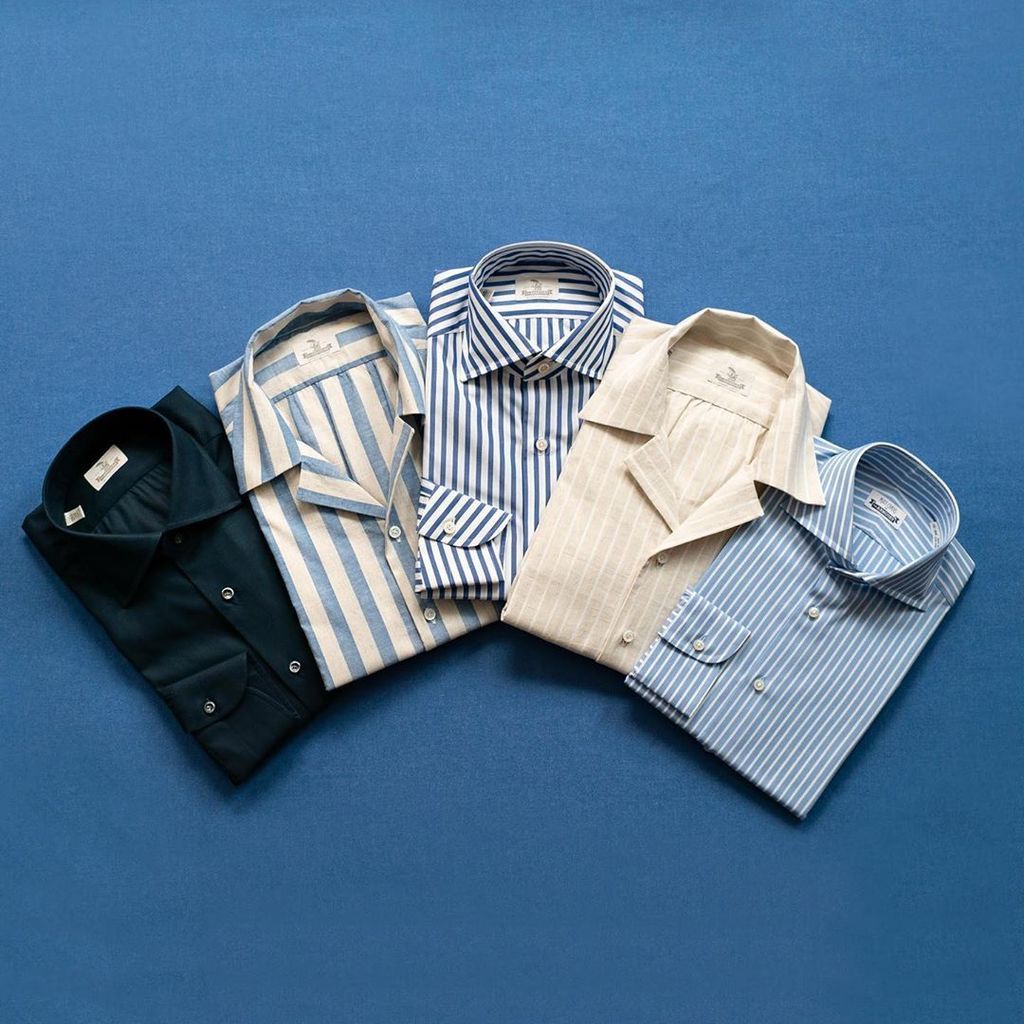
When it comes to dressing well for summer, the central problem is almost always the same: how do you look good when there are few opportunities for layering? For most of the year, shirts and trousers play in the background of an outfit. They’re the supports for outerwear, or a jacket and tie combination if you like tailoring. Once the temperature gets pinned to the 90s, however, the dynamics change. You may only be wearing the lightest of outerwear, such as a shirt jacket, or not be layering at all. In these cases, your shirt does more of the heavy lifting.
To be sure, if your clothes fit well, you can look great in an oxford-cloth button-down and some chinos. But these combinations can feel safe and generic, maybe even verging too close to business casual. If you want to inject a bit more personality into an outfit, it helps to think more about your shirts. Solid white and light blue shirts can work year round, but summer offers so many more options: shirts can be more boldly colored and patterned, come in unique materials, and feature more stylish collar lines. Here are some things to consider if you’re looking to pepper a more basic shirt wardrobe with some summer-ready options.
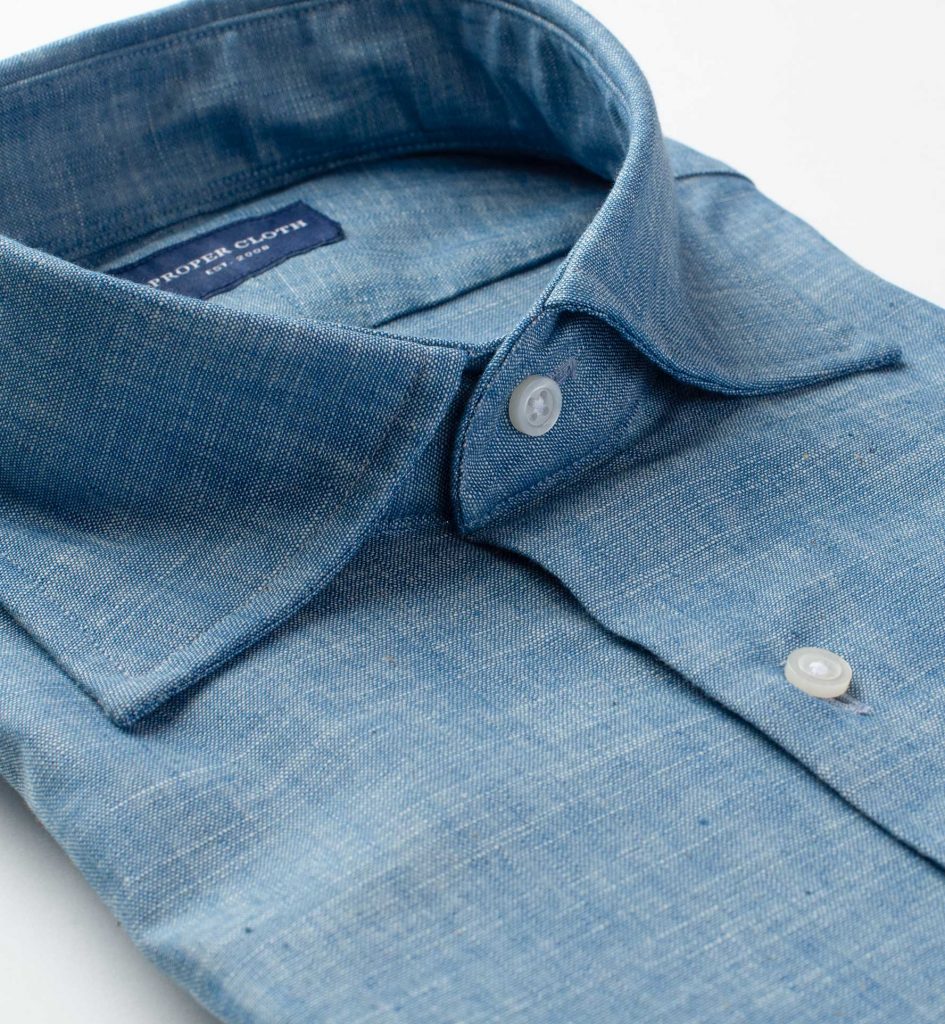
Think About Fabrics
Your most basic shirts will always be made from cotton — broadcloth, poplin, oxford, end-on-end, twill, etc. These are all just different ways of saying the fabric has been woven with a plain or twill weave. Twills are more tightly woven than plain weaves, but generally speaking, a cotton shirt is a cotton shirt. You’ll know which are best from the way they feel: a heavy cotton shirt will feel less comfy than a lighter one, so use good judgment.
Cotton shirts, however, can sometimes come in slightly more exciting textures, such as the slubby options available at our sponsor Proper Cloth. A few years ago, I bought one of the Japanese slub chambray shirts pictured above. The open weave is a bit more breathable without being transparent, and the mixture of light blue and white yarns add a bit of visual interest. I find they’re just as useful as my light-blue OCBDs, but have an attractive texture.
Summer is also an excellent time for linen, one of nature’s original performance fabrics. Linen wicks sweat from the skin and dries quickly, which means it’ll leave you feeling cooler and drier on hot days. To test this, you can wash two shirts — one pure cotton, the other pure linen — and leave them to hang dry. You’ll find the linen shirt typically dries in about half the time of cotton, which is a good indication of how it’ll perform on hot days with high humidity.
Linen wrinkles easily, however, which makes it less appropriate for conservative business settings (in more casual environments, I think the wrinkling lends charm). If you’re concerned about it, try a linen-cotton blend, which combines the best of both worlds — the wicking properties of linen with just a touch less crinkling.
Rayon is another ideal fabric for summer shirts. It’s made from mashed-up wood pulp and typically feels like silk. It has a delicate drape, feels cool to the touch, and doesn’t insulate body heat. That’s why cupro, a type of rayon, is typically used for suit linings.
As a shirt, you’ll find rayon is mostly wrinkle free, doesn’t hold odors easily, and feels cool next to the skin. It has a silky, relaxed vibe that goes well with slim jeans and wide pants. But since it’s made from a more delicate material, you’ll need to be more careful with it. Pure rayon typically has to be hand-washed and then left to hang dry (don’t press it directly with a hot iron). For something easier to manage, try a rayon blend — something mixed with cotton or linen — which will have the silky hand of rayon but can be machine washed.
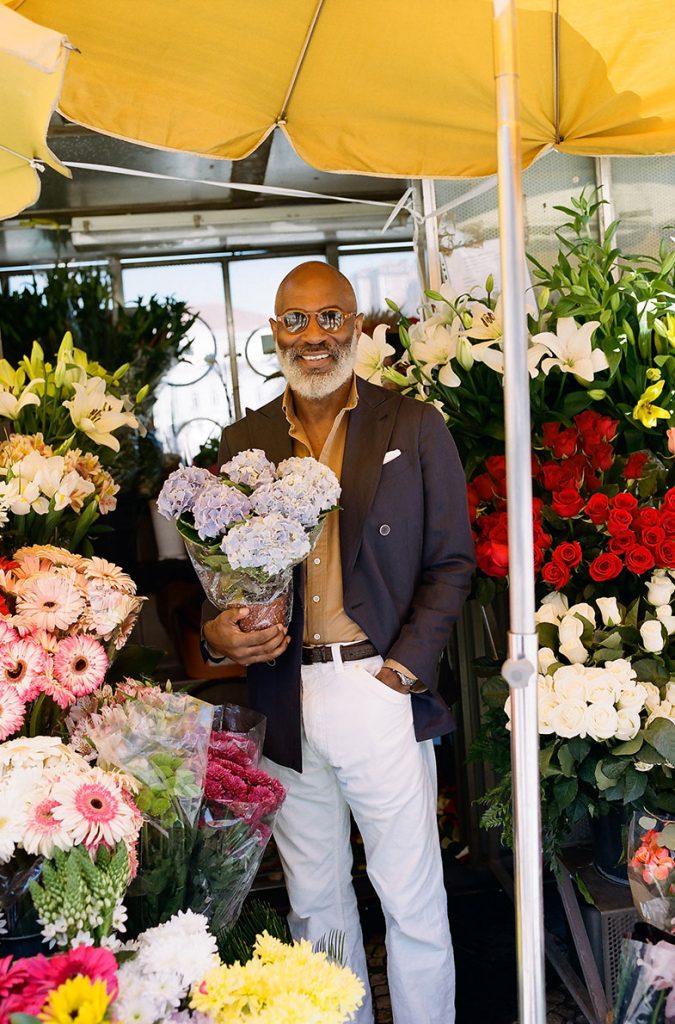
Think About Color
It’s been said that blue is one of the most flattering colors you can wear, whether that’s through navy suits or light blue shirts, and it’s true. It’s gentle on your complexion, plays well with other colors, and if you happen to have blue eyes, the color may even make your eyes sparkle. White shirts, while often billed as a wardrobe staple, are a little starker and more formal. We think they’re usually best with formal suits, but they can also be useful in the summer. Think of casual suits and sport coats in cotton, linen, and tropical wool; white OCBDs with chinos or jeans; and airy white linen shirts with shorts.
One way to make any outfit feel more summer-ready is to brighten up your colors. Navy turns into French blue; dark brown becomes dusty tan. But how do you incorporate more cheerful colors without turning into a Crayola box? Michael Hill, the Creative Director at Drake’s, suggests starting with your shirts. “Something in a mid-blue or grapefruit pink can be a way to incorporate more color into a wardrobe without making you feel like you’re stepping out of your comfort zone,” he says.
Summer is a good time for colors such as sunflower yellow, Tiffany green, and lavender. As shirts, I find these colors are often easier to wear as Bengal stripes, rather than solids, but a lot depends on the shirt’s overall design. More saturated or sober colors, such as an inky dark blue or a dusty tan, can help anchor a bright summer outfit when everything feels like it’s visually floating away. Jason Jules of Drake’s can be seen above wearing a dusty tan shirt with a blue sport coat and white jeans.
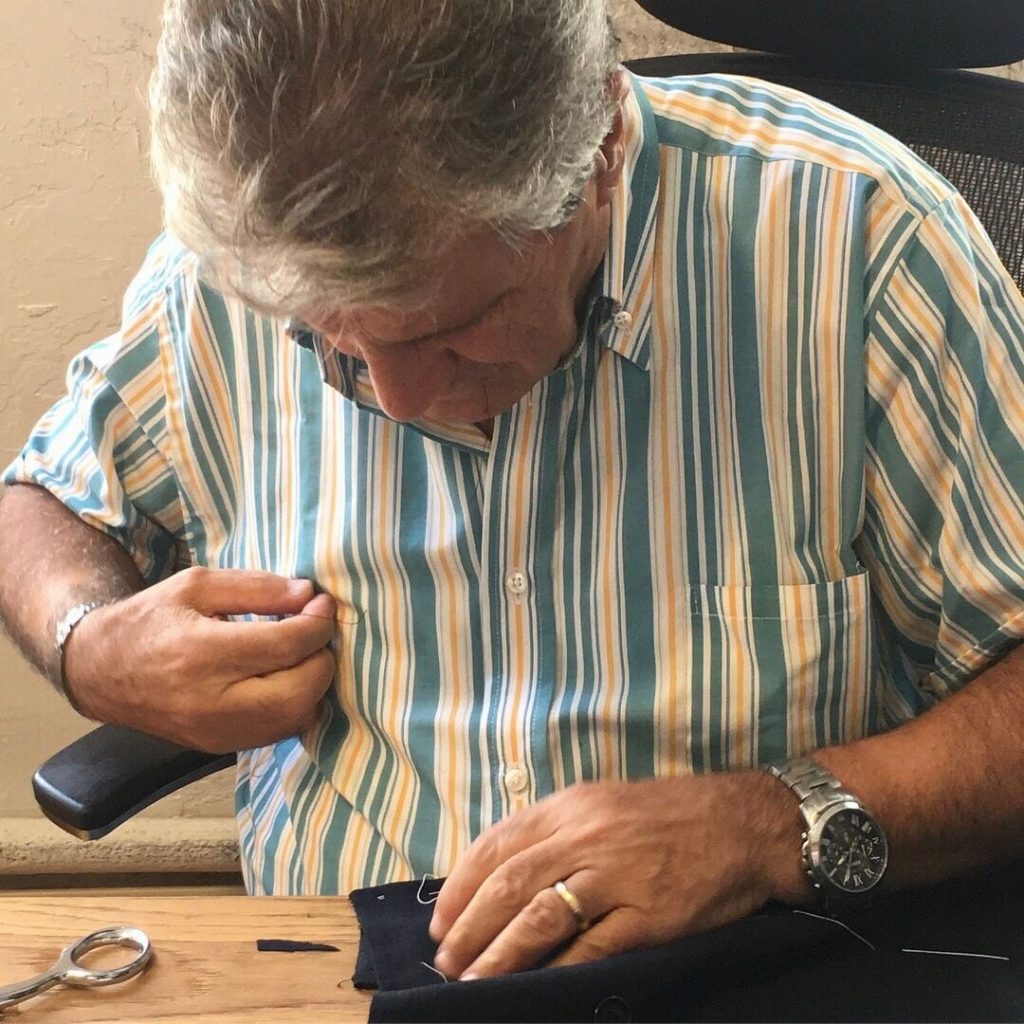
Think About Patterns
Some years ago, Simon Crompton at Permanent Style wrote about something he called the “Italian background,” which is his term for simple, light-blue shirts. The idea is that stylish Italian men are more likely to experiment with their suit and sport coats, while English men like to mix things up with their shirts. The post was written during the late-aughts, during a time when menswear was obsessed with all things Italian, but I think there’s a nugget of wisdom in there. “The combination works well because a blue shirt fades more into the background,” Simon wrote. “It’s the same reason why a dark tie fades more into the background than a pale tie. Light blue shirts work as the plainest and yet most sophisticated of supports to an otherwise daring suit or sport coat.”
Light blue shirts will go with nearly everything, but in the summer, bolder patterns can also be useful. One reason is that summer suits and sport coats tend to be solid colored, so a more daring check or stripe underneath a jacket can help add visual interest. And since most men today are going without a tie — especially on hot days — a bolder pattern can help take up the space between a jacket’s fronts. Similarly, for casualwear, a light blue shirt may look too dressy. Instead, you can try things such as Aloha prints and florals, multi-colored checks and stripes, and slightly larger patterns. Madras, which is a colorful light-cotton check that comes out of India, is particularly useful.
Some good rules to remember: the more unusual the pattern, or the larger the pattern’s scale, the more casual the shirt will look. At the moment, I really like how wide or multi-colored stripes look with tailored jackets and casualwear, or even worn on their own with a dressier pair of chinos and some slip-on shoes. G. Inglese, P. Johnson, Drake’s, and Proper Cloth have some great options this summer.
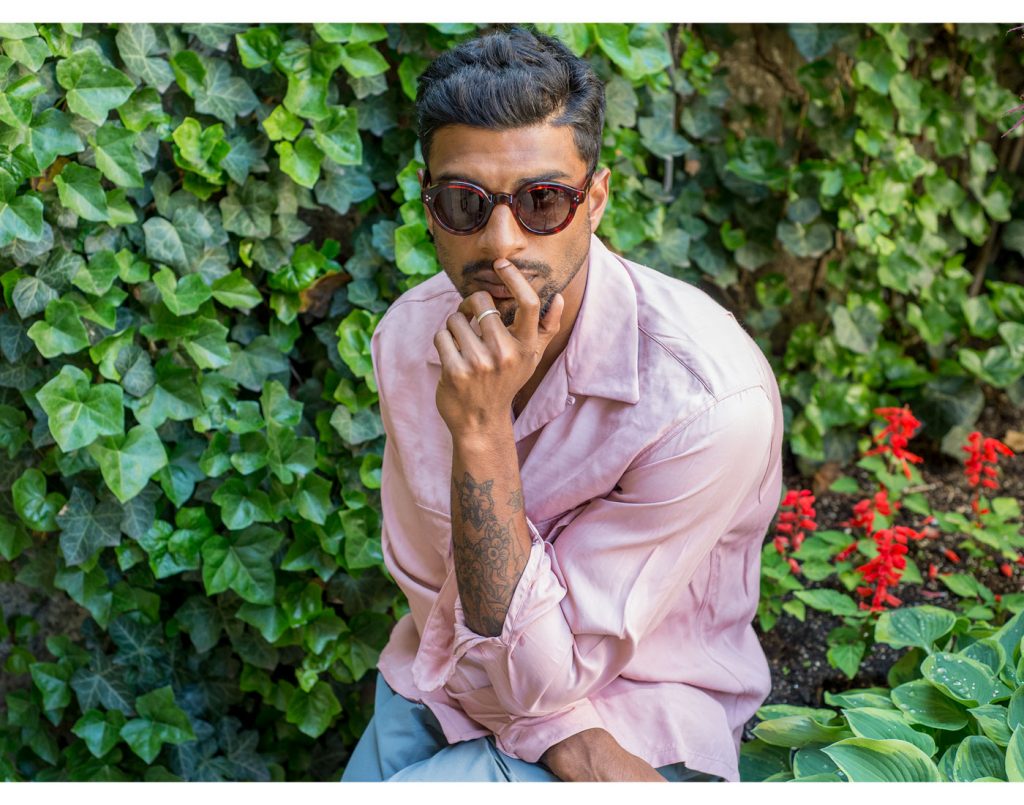
Think About Collars
Finally, think about collars. If you’re going to wear the shirt without a tie, it helps to have something that can stand up on its own. Button-downs are an easy standby, but summer outfits can also look great with more relaxed, vacation styles such as Cuban collars, one-piece collars, camp collars, and even the occasional band collar. The Armoury has some great looking options right now, which are pictured at the top of this post.
Popovers, which are a type of pullover woven shirt with a half-placket, also have a great summer vibe. Before dress shirts were almost all made with full button fronts, the original dress shirts of the 19th and early 20th century were often popover-styled shirts with detachable collars (see some of the original Brooks Brother shirts from that era). Today, a popover is just a summer style that feels more casual than a traditional button-front. These details may seem small, but they can make all the difference on a hot day when there’s little opportunity for layering.
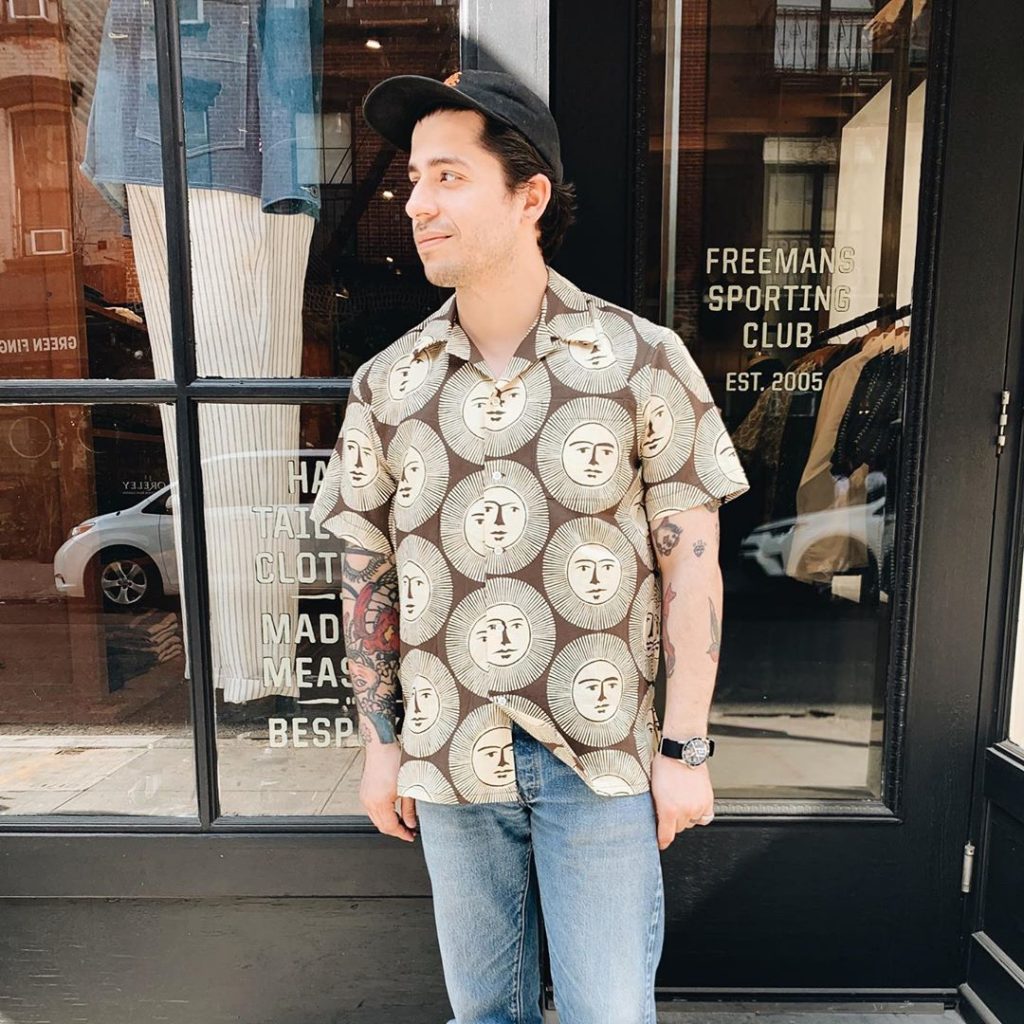
Where To Shop
There are a ton of great places today for quality dress shirts, and nearly all of them will have summer options. For ready-to-wear shirts, try G. Inglese, Kamakura, Brooks Brothers, Michael Spencer, J. Press, Gitman Vintage, Ledbury, The Armoury, Drake’s, and Land’s End. Don’t forget to also check your favorite casualwear labels. Freeman’s Sporting Club made the sun-motif, camp collar shirt pictured above. It’s currently sold out online, but available in their NYC store.
Custom tailored dress shirts can be surprisingly affordable, at least compared to high-end ready-to-wear. Whereas bespoke tailored clothing generally costs magnitudes more than ready-to-wear suits and sport coats, bespoke dress shirts typically start around $200, depending on the fabric you choose (which is more affordable than shirts from Kiton or Borrelli). Granted, these shirts will be machine made, not handmade, but you’ll get the fit and customization of bespoke tailoring.
If you’re in New York City, try our friend Carl at CEGO (he makes Jesse’s dress shirts). In Los Angeles, there’s Anto. I use Ascot Chang, a Hong Kong-based company that has outposts in New York City and Los Angeles, but I find customers generally get a better fit when they order through Ascot Chang’s trunk shows, which are organized twice a year by their tailor Nelson Chin. You’ll want to check their travel schedule to see if they hold trunk shows near you. MyTailor and Dege & Skinner are two other excellent shirtmakers who visit different cities.
For something between ready-to-wear and bespoke, there’s Proper Cloth. While they’re a sponsor here, I’m a genuine fan of the company and have always paid full price for my orders. Since they’re a made-to-measure outfitter, you don’t get the precise fit of true bespoke, but they come pretty close. On my shirts, the upper sleeves are a little slimmer than I’d prefer and I wasn’t able to account for my dropped right shoulder, but these details are minor. With Proper Cloth, you get a more customizable shirt than ready-to-wear — allowing you to get the right fit, fabric, and stylistic details — while paying about half the price of bespoke (shirts are about $120). I also find they have many more casual fabric options than traditional shirtmakers: Aloha prints, indigos, madras, florals, textured fabrics, linens, and my favorite of their bunch, the washed denim (something bespoke shirtmakers never offer because it requires organized group runs). Of the eight online MTM shirtmakers I’ve tried over the years, Proper Cloth has been the best in terms of fit.







